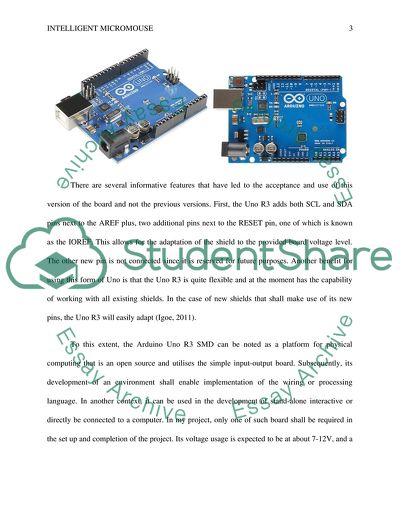Cite this document
(Intelligent Micromouse Essay Example | Topics and Well Written Essays - 2250 words, n.d.)
Intelligent Micromouse Essay Example | Topics and Well Written Essays - 2250 words. https://studentshare.org/design-technology/1825215-intelligent-micromouse
Intelligent Micromouse Essay Example | Topics and Well Written Essays - 2250 words. https://studentshare.org/design-technology/1825215-intelligent-micromouse
(Intelligent Micromouse Essay Example | Topics and Well Written Essays - 2250 Words)
Intelligent Micromouse Essay Example | Topics and Well Written Essays - 2250 Words. https://studentshare.org/design-technology/1825215-intelligent-micromouse.
Intelligent Micromouse Essay Example | Topics and Well Written Essays - 2250 Words. https://studentshare.org/design-technology/1825215-intelligent-micromouse.
“Intelligent Micromouse Essay Example | Topics and Well Written Essays - 2250 Words”. https://studentshare.org/design-technology/1825215-intelligent-micromouse.


